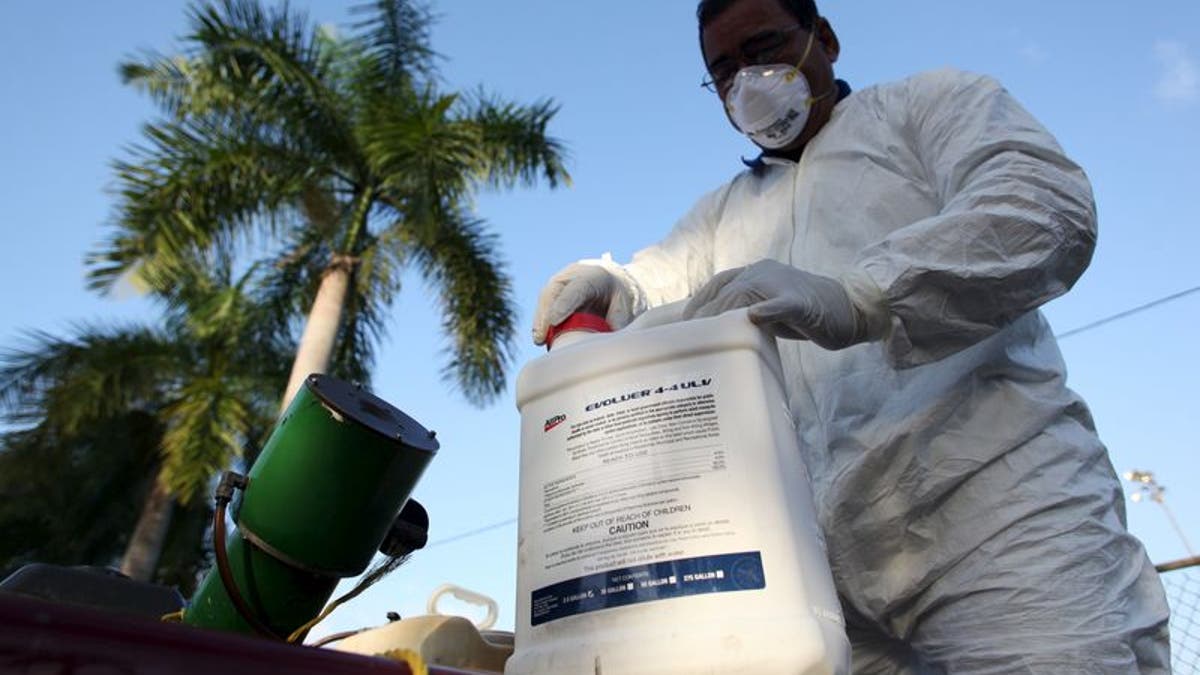
(Copyright Reuters 2016)
CHICAGO – Experts from the U.S. Centers for Disease Control and Prevention are heading to Puerto Rico this week to study whether the mosquito-borne Zika virus will cause an increase in cases of a rare neurological disorder known as Guillain-Barre syndrome as the outbreak intensifies in this U.S. territory.
The World Health Organization last month predicted that Zika would spread to all countries in the Americas except for Canada and Chile.
"Right now we're focusing on Puerto Rico, where we've just started seeing cases of Zika as well as cases of Guillain-Barre syndrome," Dr. James Sejvar, a neuroepidemiologist at the CDC, told Reuters in an interview.
"In order to get ahead of the curve, we're going to try to rapidly establish active surveillance for Guillain-Barre in Puerto Rico in the hopes that we're catching the outbreak early."
On Feb. 5, the government of Puerto Rico declared a state of emergency as confirmed Zika cases climbed to 22.
In addition to thousands of cases of birth defects in Brazil thought to be linked to Zika, health officials have noted a significant increase in Guillain-Barre, a rare syndrome in which the body's immune system attacks part of the nervous system. It usually occurs a few days after exposure to a virus, bacteria or parasite.
Guillain-Barre causes gradual weakness in the legs, arms and upper body, and in some cases, total paralysis.
The World Health Organization declared the Zika outbreak an international health emergency on Feb. 1, largely based on evidence linking Zika to pregnancy and the birth defect known as microcephaly, marked by a small head size and underdeveloped brains.
But the WHO is also studying increased cases of Guillain-Barre. Sejvar recently did a retrospective study of Guillain-Barre in Brazil, looking at cases that occurred six months earlier.
In that study, researchers enrolled 41 patients who developed Guillain-Barre Syndrome, and 85 people of similar ages who did not develop the disorder.
They found "an unexplained higher incidence in relatively younger individuals," Sejvar said, striking individuals in their 40s, although older individuals were the largest group to develop the disorder.
Most studies of Guillain-Barre have suggested that by six months, over half of patients would have recovered. But in the Brazil study, nearly 85 percent of the patients with Guillain-Barre still had motor deficits or weakness.
More studies will be needed to say whether these trends can be generalized to other regions, he said.
The study in Puerto Rico will be prospective, a more rigorous investigation that gathers information at the beginning of an illness and compares outcomes to similar individuals who did not develop Guillain-Barre.
The hope is to "quickly identify" cases of Guillain-Barre and enroll them in the study, Sejvar said.
That helps in terms of collecting blood samples and spinal fluid while patients are acutely ill. It also gives researchers a better idea of the clinical characteristics in cases of Guillain-Barre that follow a Zika infection.
Sejvar said it is possible that Puerto Rico will not have a large outbreak of Zika, but based on what has happened in Colombia and El Salvador, where the virus has begun spreading and cases of Guillain-Barre have emerged, he said there is a potential that Puerto Rico could have a large outbreak.
If that does occur, he said, the study "would add more strength to this idea that Zika is somehow related to the development of Guillain-Barre."